Leaderboard
Popular Content
Showing content with the highest reputation on 11/04/18 in Posts
-
2 points
-
@joe90 have been wondering how it was going....didnt like to ask!1 point
-
Agree with the sentiment about ensuring future proof where possible - I believe I've gone some way to achieving this by star wiring lighting to central points, i.e. the switch T&E and lamp T&E both go back to the central control point - should the smart stuff become obsolete/fail you can rip and replace with something else, failing that just patch the wires together to make it act like a normal switched light - the flexibility is there. Same for the heating - it's just smart TRVs, rip them off and just screw on a regular TRV. I looked at a lot of proprietary systems for lighting like KNX, RAKO, Lutron etc but most of those required some form of proprietary cabling at the switch point or some form of catX. In those instances, if it failed, you would have to find another smart system, you couldn't just pop on a normal switch, unless you ran T&E to the switch as well as the catX. @JSHarris Love the video - I don't trust smart locks, thats a step too far. Give me a good ol lock and key any time. One piece of smart tech I don't recommend are NEST Smoke Alarms (or any smart smoke alarm)... getting a notification on your phone that 'Smoke has been detected' when in America does not make you feel great. (luckily(?) it was a false alarm... !!!) @joe90 Thats a lovely doorbell1 point
-
Yep it does. The hose coming out of my inlet was simply there to fill the tank up with water in order to assist with weighing it down for installation purposes. Perhaps others more knowledgeable could assist.1 point
-
I’m suprised the screeners are mixing there own Ive done lots that way but the ready mix is so much quicker You need to allow a day per mil for the screed to dry out You are better with a decoupling mating Though I’ve tiled lots without Our own buiild I have tiled the entire downstairs 150 sq metres and used Ditra matting One long espansion joint and all doorways Its worth asking your screeders to put a joint int in each doorway Just a piece of twinwall plastic Cavity closer or simalar Flexi adhesive Flexi grout and filling or straightening needs to be done before the matting goes down Jist 5 mil to stick it down 6 to 8 mil gap around the edges1 point
-
I'm using it for our self build. Didn't have any experience with scaffolding but it was easy to adjust and take down. I used it with both the long boards that sit on top and the boards that sit in the transoms. I would recommend using the latter as they are more secure and contractors seem to prefer them.1 point
-
Hi @Christine Walker Ours is now safely and securely installed - The electrician, who failed to show all last week is due to site Monday 5th Nov to wire it up amongst other second fix installations. Unfortunately, other than what I have already posted, I haven't any other guidance - sorry.1 point
-
1 point
-
1 point
-
Checking impressive looking companies on the Companies House site is one of the first thing I usually do, and I will often follow that up by having a look to see what the directors have done before. Always gives a pretty good indicator as to whether a company is real or just a nice looking website. I learned a lesson some time ago that it's far too easy to trust a credible looking website and a chap with the gift of the gab...1 point
-
Have you looked at the data on Companies House? Not exactly inspiring. Couldn’t see any reference to them on here.1 point
-
1 point
-
1 point
-
Welcome to BuildHub! Whereabouts are you building? Helps if the guys on here know as there are different regs depending on where you are. Just a rough area if you don’t want to say specifically.1 point
-
1 point
-
@Moonshine any chance you can post your plans and can try and advise. If its just driveway then using no-dig driveway crates are fine - problem is normally services and ensuring that there are no issues with drains going through the area. What is the tree and the soil type ..?1 point
-
Now I will add few pics. Quick explanation to all - I am not based in UK or even in EU. I live in the middle of nowhere and Install is done with all possible materials I could possibly get on the market. It is done in resonable way and its safe for me for my domestic purpose. This is 1K£ project and I have sticked to the budget. There is one more connection box on the other side of the wall in my basement to which all this pictured is connected. I also heve there small knob and relays to switch between ASHP and oil boiler. At picutre no. 3 there you can see small hour counter sitting on the pipe. I have done some calculation - how many hours a day (including HW preparation) unit works and what is the daily power consumption. And this is something that absolutelly brings the smile on my face. - reading from the 2/11/2018 - 18,7kWh used, total run for 24h - 9,5h. 18.7/9.5 = 1.97kW 2kW to keep 22.5 degree of C at entire house! That is less than my kettle! Regards1 point
-
Joking aside, my main concern with home automation is that a lot of it seems to be reliant on current smart phone technology, and there seems to be a fair chance that in ten years time that will have moved on to the point where some current systems are no longer supported. We've already experienced this in other areas, for example, following an iOS "upgrade" the card reader my wife used to transfer photos from her camera to her iPad just stopped working. The solution? To pay Apple for a new one, with a high probability that they'd pull the same stunt in a year's time. Another example, I bought an expensive combined document and slide/negative scanner. A year later Microsoft brought out Vista. My old Windows XP PC died and the new one running Vista didn't support the year old scanner. For me, that was enough to cause me to switch to running one home machine on Linux, so that I could continue to run that year-old scanner. I'm pleased to say that scanner is now over ten years old and still works perfectly with Linux. It still won't work with any Windows release after XP. Clearly there are some home automation systems that are operating system agnostic, so as long as hardware spares continue to be available they will be able to be maintained. However, I think we do need to put things into perspective, by comparing lifetime support with existing systems. Take our old house as an example. It was built and wired in the early 1980's, over 30 years ago. It used light and power switching technology that had existed in exactly the same form for more than 20 years when it was built. As recently as 2012 I replaced a light switch, with no difficulty, as it was an identical standard to one manufactured in the early 1960's. Houses have a long lifespan, and the systems we build into them either have to have a similar lifespan, or be designed to be easily upgraded/replaced without major work. As another example, modern (as in from around the 1960's) house wiring has a life of at least 50 years, probably a fair bit more. The 30+ year old wiring in our old house was still as good as the day it was installed, and I have no doubt that it will be fine for another 30 years or more. Can we say the same for any of the smart home power and lighting controls being manufactured today by a variety of small manufacturers, who may well disappear within a few years from now? It seems that, as self-builders, we have to take account of the limited life of systems that we might previously presumed to last for decades. I think that, if I were considering fitting systems like this, then I'd want to look at ways of future proofing it. Running fairly large cable conduits all over the house, designed to allow new cables to be pulled through without needing to rip out walls and ceilings, may be an option. There may be other options, too, but I think it's well worth thinking about. How many buyers would want to buy a house with an ageing system controlling the heating, cooling, lighting etc that needs an antique smart phone to make it work?1 point
-
1 point
-
We have a similar setup on our roof terrace. Once window was sealed I used external window tape to seal to the purenit under the window frame and then the external sill was fitted using sealant and screws. (Internorm windows)1 point
-
It seems any scheme or "initiative" to subsidise renewable energy just ends up with the subsidy paying a registered installer who has joined the "club" an over inflated price, while the consumer is no better off. I have a very cynical view that it is just a scheme to benefit the installers, not the consumer. The unbelievable bit is my friend that paid the £11K install is a plumber.1 point
-
Absolutely. If you're just about at Passivhaus levels (15 kWh/m²·a) and use the typically assumed 3 kWh/peep·day for DHW for three people in a 120 m² house then it's just over 5000 kWh/a. Even with full-rate electricity at £0.16/kWh that's “only“ £800/year. Add E7 or E10 or PV (remembering that the bulk of the use is for DHW which happens at least as much in the summer) and the ROI on anything more complicated begins to look a bit weak. Even the standing charge on mains gas will bite into any further savings to be made. I think an ASHP makes sense but it's got to be as cheap and simple as possible.1 point
-
1 point
-
Welcome to Buildhub! One minor suggestion would be to drop those questions into the relevant sub-forums. Some people only browse the sub-forums they're interested in, and mightn't pick up your questions in an intro thread. Also, it helps others find answers in the future. I will say that rainwater harvesting (beyond basic harvesting for the garden) rarely makes economic sense. I was all for it, but even the most ardent greenies we spoke to in the sustainable building world thought it was a waste of money.1 point
-
I have only been interested in self build for 6 months and have already spotted the divergent approaches to delivering a property between self builders and pro developers. First time self builders seem to want to distance themselves from risk by spending money on non structure outgoings. Consider: Newt enviro investigation. Archaeological dig and report. Planning consultant. Ground sample drilling. Special SE designed foundations. Architect. Architect's project management service. Technical architect. Building Warranty. Then tick all the optional boxes on the self builder site insurance application. Contract out CDM 2015 to an external consultant. Hire a deluxe site facility cabin. Install a fancy mineral water dispenser. Ring the whole site with shiny new metal fencing. Buy a pack of site health & safety notices. It is easy to blow £40k to £50k before getting to dpc.1 point
This leaderboard is set to London/GMT+01:00



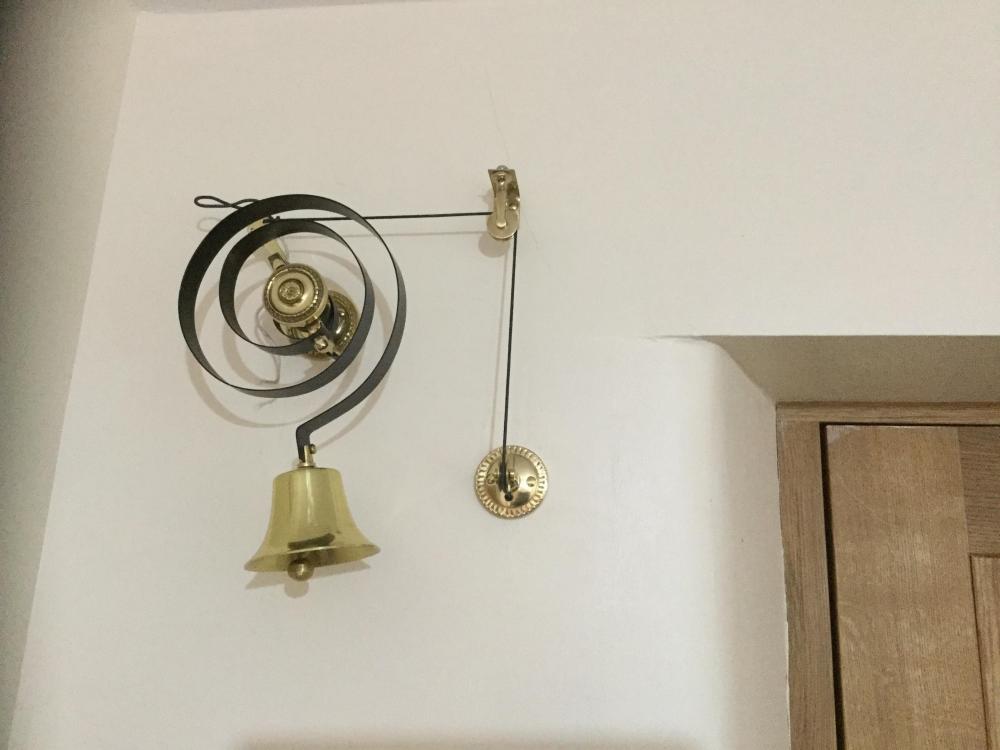










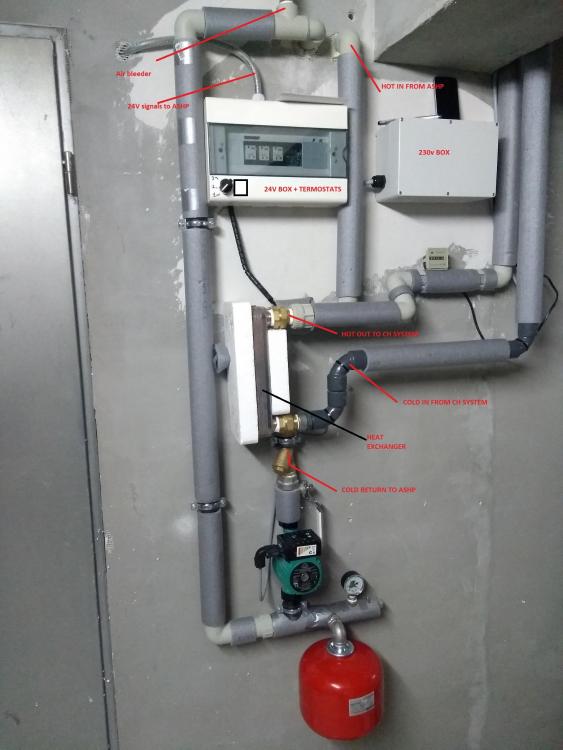

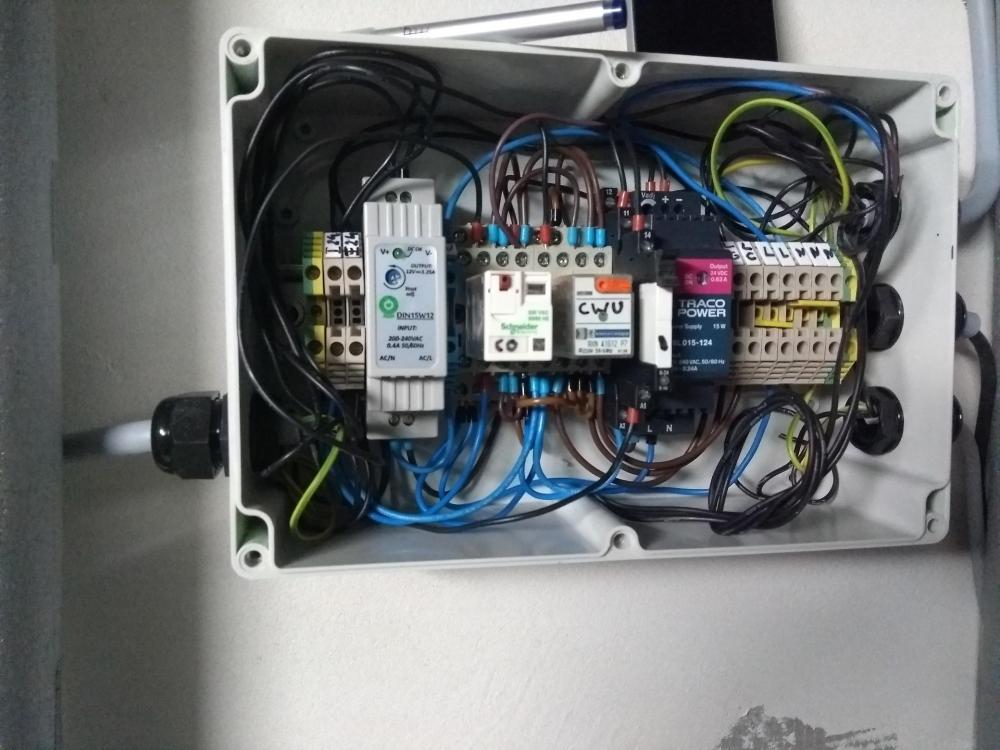
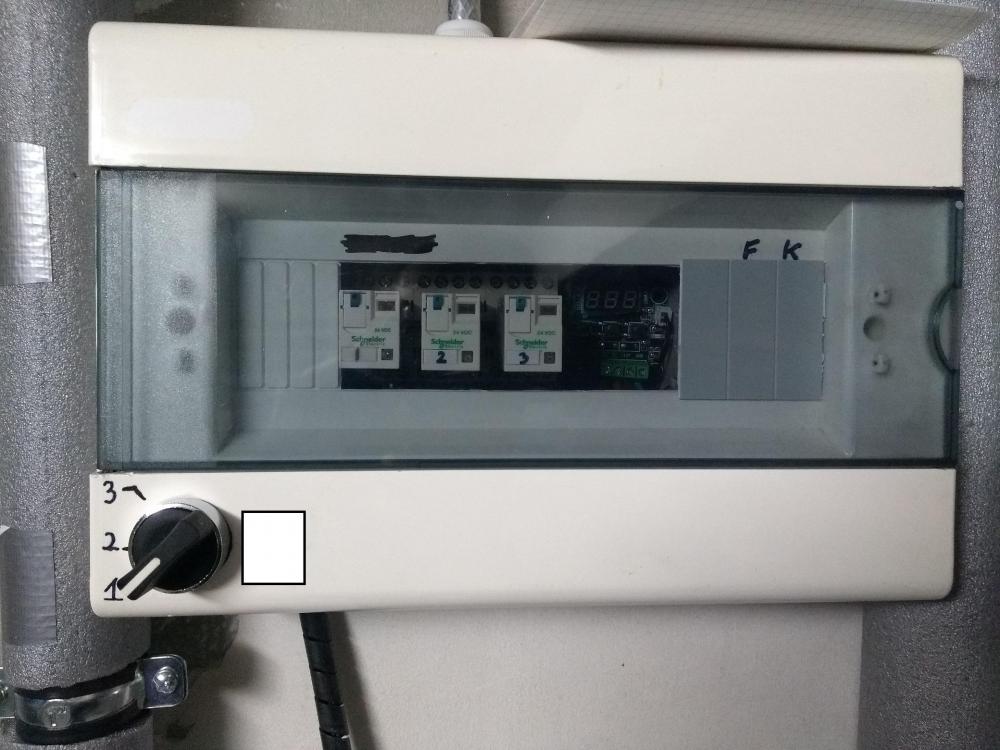
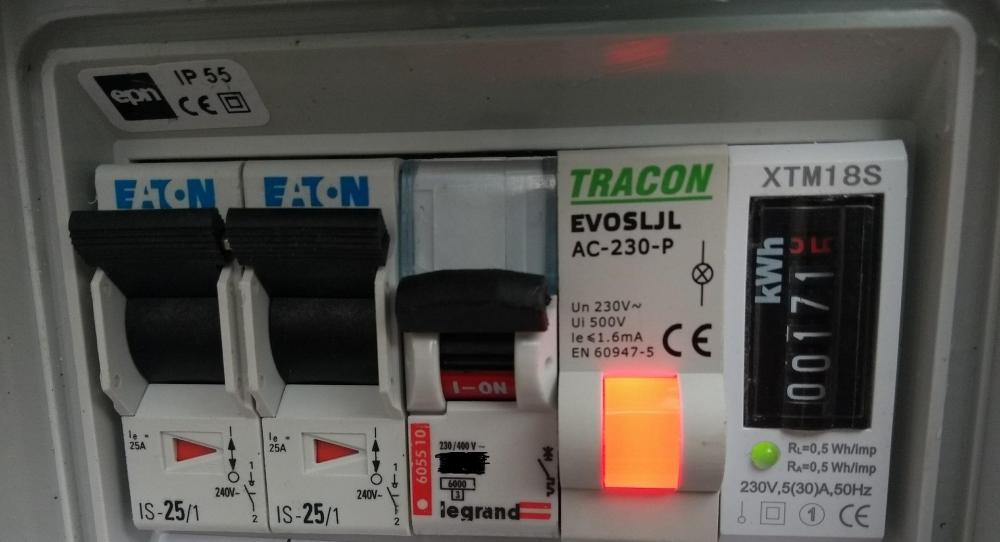
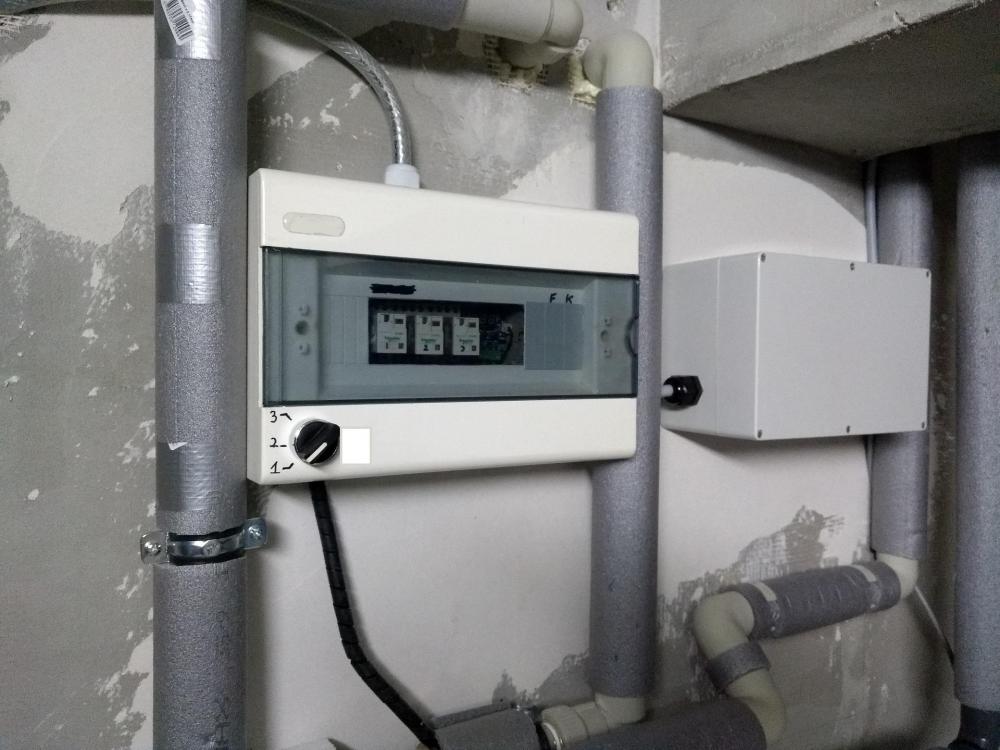

.jpg.c21f3ac78c9b7efd90cbdcb312744dc5.thumb.jpg.7adcad4c0e384f5ecd7d56b0618df6e5.jpg)